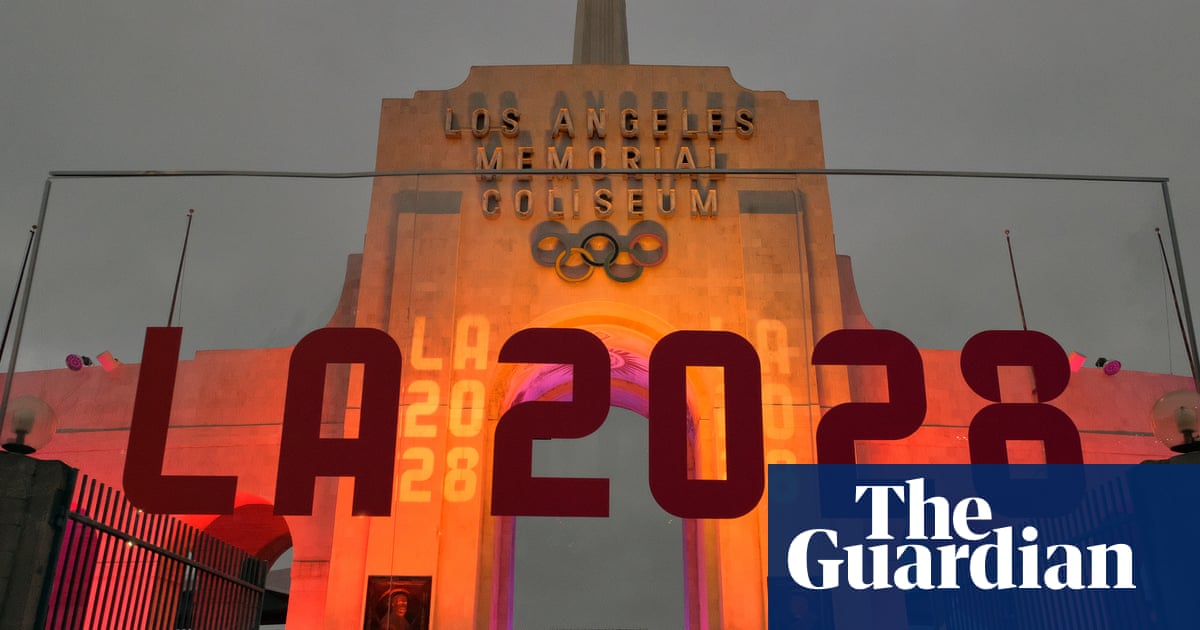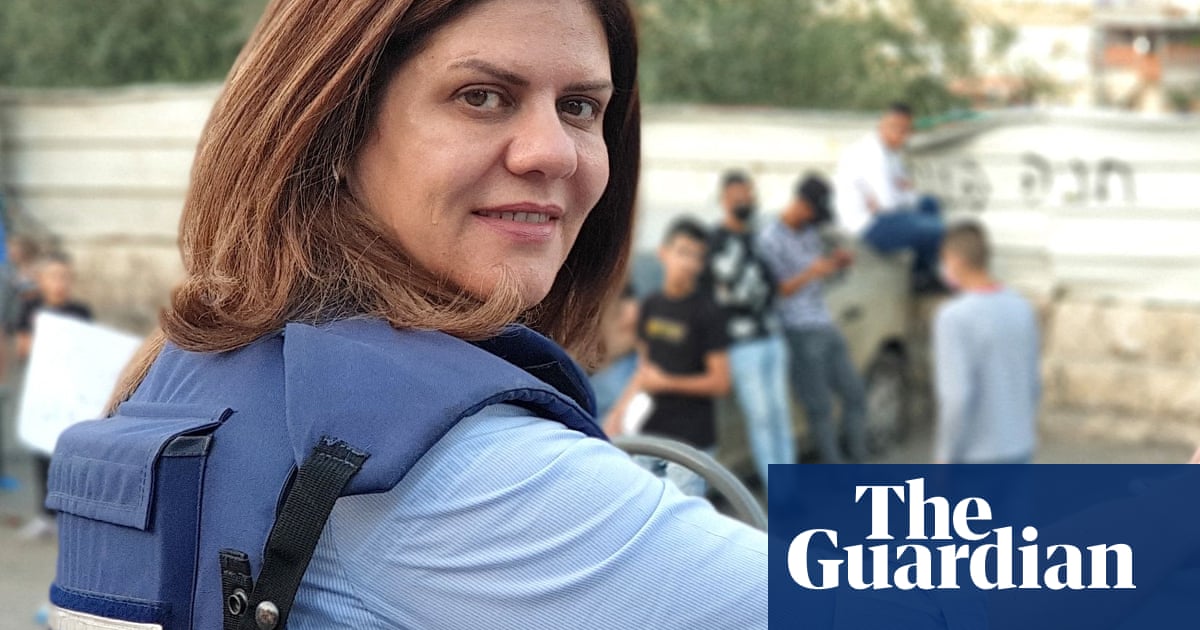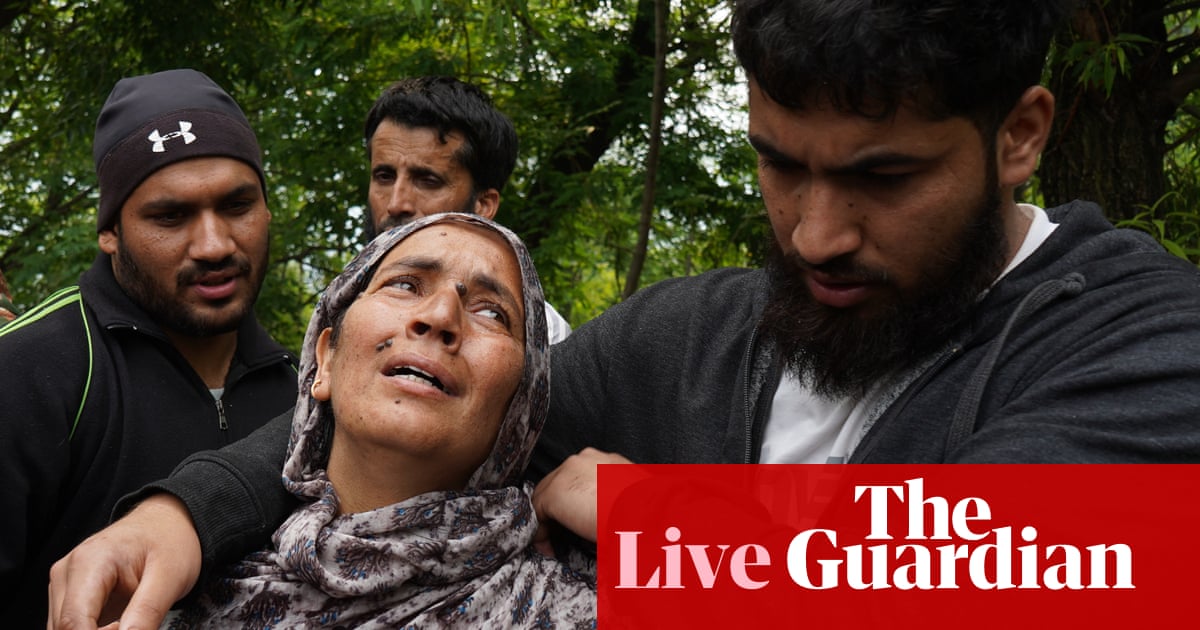K-pop, K-drama, K-beauty: South Korean culture is still so hot right now. How about K-contemporary dance? Not so mainstream maybe, but it’s happening, and it’s here, in an annual festival (launched in 2018) with six works across four cities over two weeks.
This opening night isn’t necessarily indicative of what’s to come: future shows include a Shakespeare rewrite with rock guitars (Ham:beth by Modern Table) and a meditation on monotony inspired by Sisyphus (Melancholy Dance Company’s 0g/zero grams). But this first show is the biggest, with the 16-strong Korea National Contemporary Dance Company, founded in 2010 and now under the direction of Sung-yong Kim, whose piece Jungle they perform.
What kind of jungle is it? The urban one: busy dancers crowding the stage, up-close but unconnected? Or creatures of the forest: all intent on their own paths of survival, driven by instinct? Officially it’s the latter, not just the animals but the jungle flora, too. How much of that you can read is moot; whether it matters, ditto. Over 60 minutes, the piece moves in phases, with different permutations of dancers, and mere glimpses of imagery: two hands outstretched as if holding an offering, for example, or two characters in a brief, wary confrontation.

The dancers’ ability is impressive, with lines and lunges long and deep, heavy waves of movement, thoughtful and muscular. They’re costumed in grey-brown shades in an array of textures, and (at the outset, at least) the abstract sound world has the same narrow band of colour – and arguably the dance does, too. But occasionally, a single dancer startles with an arresting individual quality: a sudden burst of speed, a surprising fold-flick-fan of their arms, or movement that’s rich with a resist-and-release tension.
Then there are moments of intensity or wonder: a sense of fear sweeping the room with the sound of metallic crescendos; light that floods from the side of the stage, flooring the dancers (a threat?); or beams from above like a magnificent sunrise. In all these cases, the bodies instantly become beings at the mercy of a bigger force, existing in relation to something else, and their meaning multiplies.

 6 hours ago
8
6 hours ago
8













































